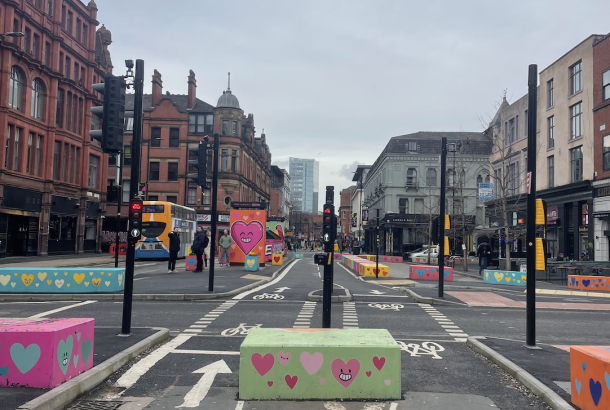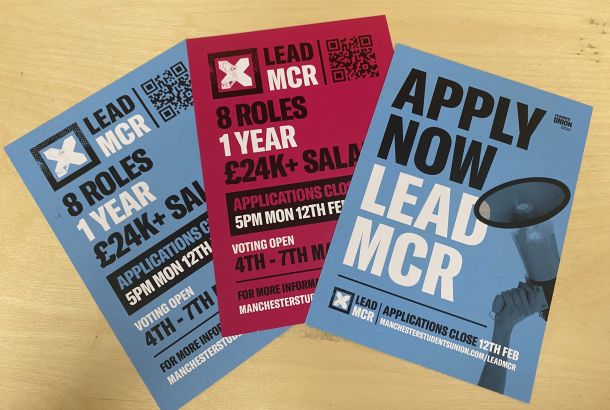A forgotten past: The history of Fallowfield Stadium

If you’ve either lived in, visited for a flat party, or had a stroll past Richmond Park Halls in Fallowfield, you may have noticed the plaque on one of the walls of Willow Court. In my own year as a Richmond resident, I must have walked past the sign reading “The Fallowfield Stadium once stood here” at least twice a day. What has been reduced to two dozen words on a University of Manchester accommodation building is in fact a century-long, forgotten story of Manchester’s sporting past.
The site of Richmond Park, now home to some 500 University of Manchester freshers, was once a 15,000-capacity sporting arena. Opening in May 1892, Fallowfield Stadium was home to a grass pitch, as well as an athletics track and cycling velodrome, and was host to numerous sporting occasions.
After Fallowfield Stadium put the North on the map in the late 19th and early 20th Centuries, it’s time to remember the forgotten history of the area before Manchester’s student population descended.
Sporting History
Fallowfield Stadium is probably best known for hosting the first FA Cup Final to be played outside of London. After its inauguration in 1871, the final had traditionally been played at the capital’s Kennington Oval, now home to the Oval Cricket Ground. However, on 26 March 1893, Fallowfield Stadium played host to the final between Wolverhampton Wanderers and Everton.
The game finished 1-0 to Wolves, and put Manchester into the headlines for more reasons than the scoreline. Over 45,000 spectators were thought to have attended the stadium to watch the match live, with local authorities struggling to keep things in order. The Sporting Chronicle reported that “‘the sight was such as had never been previously seen at a football match in any part of the world.” Such fears of overcrowding led to the end of the stadium’s life as a football ground only six years later.
Aside from FA Cup matches, Fallowfield Stadium also began life as an occasional ground for rugby games. The 1899 and 1900 Challenge Cup Finals were both held at the stadium, as well as an international match between England and Scotland in 1897. This was to be the final England home international to be played against Scotland outside of London; another moment in sporting history tied up in the legacies of the pitch.
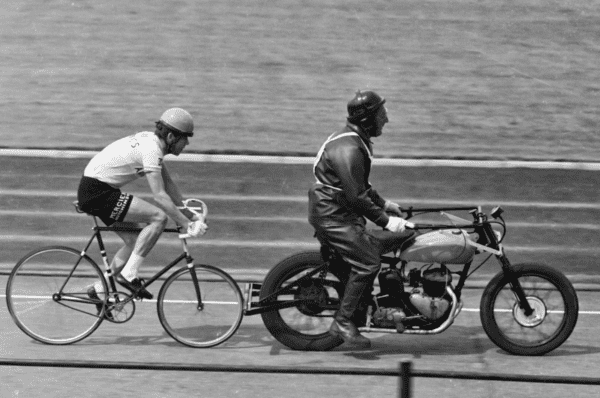
The athletics track was also in use for many decades after the stadium was originally built for use by the Manchester Athletics Club. History was once more created on the track when the middle-distance runner Sidney Wooderson broke the 3/4 mile world record on 6 June 1939 with a time of two minutes and 59 seconds. Other legends of the sport also competed in Fallowfield over the years, including Harold Abrahams in 1923, whose sprinting feats were later depicted in the film Chariots of Fire.
However, Fallowfield Stadium truly made its name in cycling. The Manchester Wheelers’ Club held its annual competition at the stadium’s velodrome until 1976, which included races of up to 12 hours. As well as local events, the stadium also played host to the National Cycling Championships in 1919 and the cycling events of the British Empire Games in 1934.
In its heyday, Fallowfield Stadium was host to a variety of sporting figures and disciplines, paving the way for Manchester’s current place at the heart of British cycling with its Olympic-scale National Cycling Centre.
The University of Manchester
After over 70 years of local, national, and international sporting occasions, Fallowfield Stadium fell into disuse and was bought by the University of Manchester in the early 1960s. The stadium’s pitch was used for university football matches by UoM Sport; matches which are now being played only a few hundred metres away at the Armitage Centre.
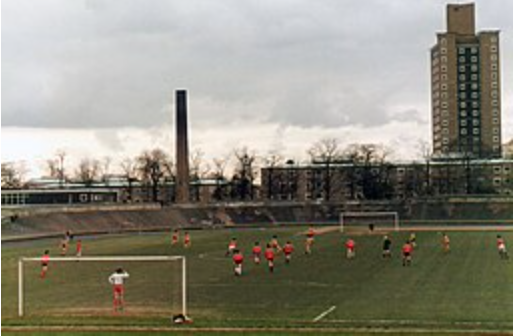
Attempts were also made to upgrade the cycling velodrome to its former glory during the 1970s. The track was resurfaced in 1974-75 at a cost of £16,000. However, the track was declared unfit for use only a year later by the British Cycling Federation due to its broken surface and was never used again.
The disrepair of the cycling track was soon followed by the abandonment of the football pitch by university sports teams. By the early 1990s, the University of Manchester had decided to flatten the stadium entirely, destroying the site of significant sporting history in Fallowfield forever.
Fallowfield Accommodation
The result was Richmond Park, which was built on the flattened ground of Fallowfield Stadium in 1994. The accommodation is comprised of two blocks, Willow and Poplar Court, each of which houses 32 flats of eight students. Combined with accommodation blocks such as Oak House, built in 1973, and Owen’s Park, which opened in 1964, Richmond Park solidified the growing community of students living in the accommodation campus two miles South of their university.
Despite the extra space made for freshers to settle into uni life, the story of Fallowfield Stadium’s demolition raises important questions about the infrastructure which is destroyed to make space for our growing communities. Currently, the ever-looming destruction of Owen’s Park Tower certainly springs to mind.
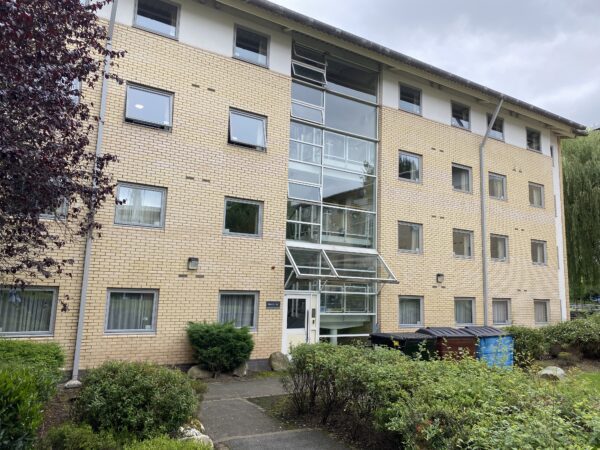
With its closure first proposed in 2014, students are still left wondering about the fate of the iconic tower, a 200-foot relic rising up beside Wilmslow Road. Despite being dubbed as “Manchester’s dirtiest and shittest hall,” there is no arguing that the tower is a landmark on the South Manchester skyline.
For many students living in the south of the city, a view of Owen’s Park from the bus window will let them know that they’re almost home. However, under plans submitted by the University of Manchester in 2023, Owen’s Park Tower will be demolished along with Oak House and Woolton Hall to make way for over 3,000 new student rooms by 2030. Although upgrades are certainly necessary, the story of Fallowfield Stadium should remind us to safeguard the memories of local culture held in our dilapidated architecture.
Taking the time to look back on the history of our spaces is vital in considering the future of our student community. For the majority of the students experiencing life in Richmond Park, the words “Fallowfield Stadium” will mean nothing. However, there is a history to every space, and stories to be remembered from the local communities and venues which came before us.
